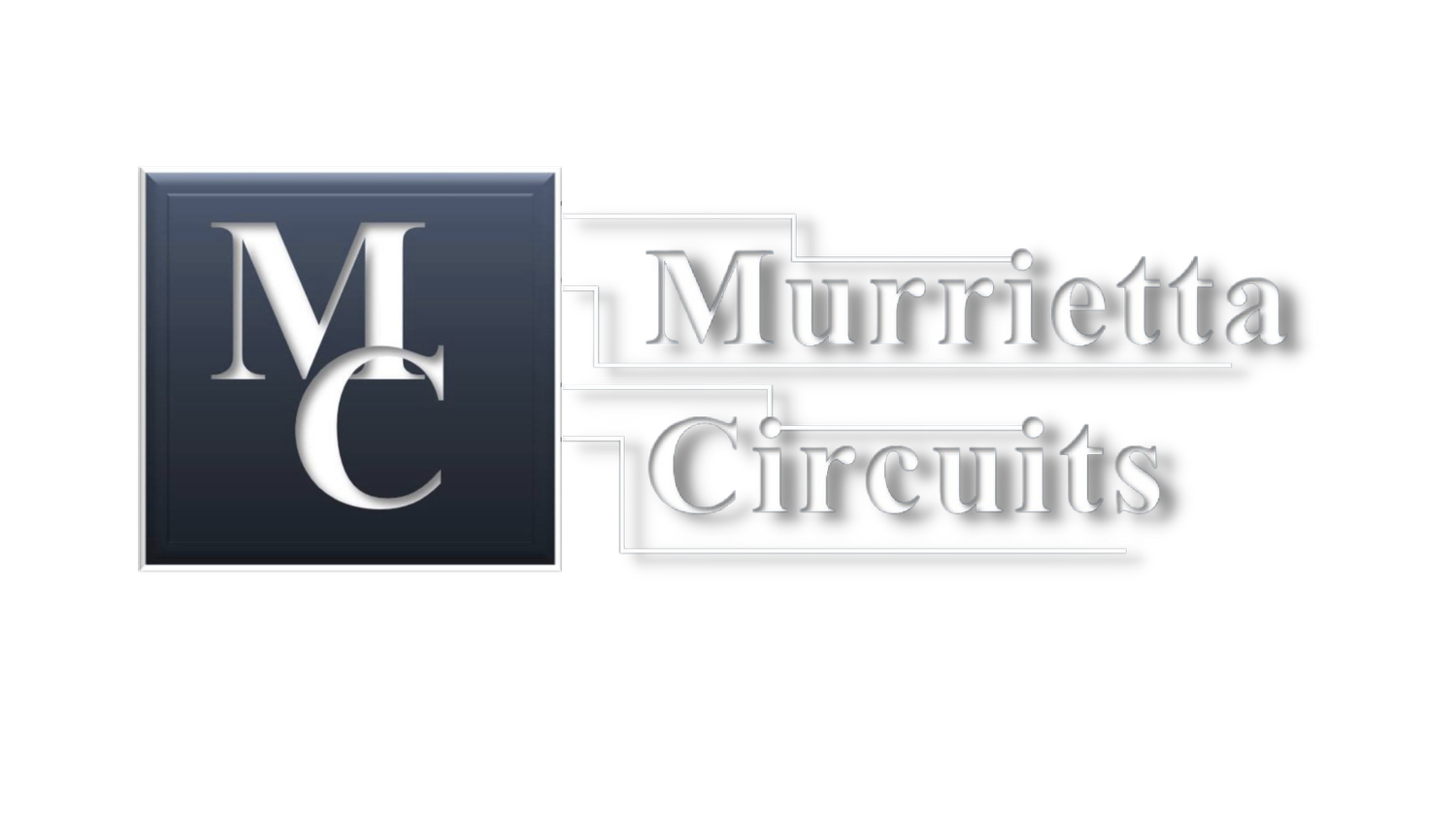The Power of Flex and Rigid-Flex PCBs.
Why Flex and Rigid-Flex?
Flex and Rigid-Flex Printed Circuit Boards (PCBs) are specialized types of circuit boards designed to withstand varying degrees of flexibility, allowing them to bend, twist, and conform to complex shapes without compromising their functionality or structural integrity.
Flex and Rigid-Flex boards are perfect for compact and space-saving electronic devices because they eliminate the need for bulky connectors and cables. This reduction in space requirements is particularly beneficial in applications where size and weight constraints are critical.
Compared to traditional rigid PCBs, Flex and Rigid-Flex boards offer enhanced reliability and durability, especially in harsh environments. Their ability to withstand vibration, shock, and thermal cycling makes them ideal for applications where reliability is mission critical, such as aerospace and space systems.
From Design to Production
Every successful product starts with a good design. Our expert team of engineers specializes in guiding clients through the intricacies of Flex and Rigid-Flex PCB design, creating designs optimized for the unique challenges and opportunities presented by flexible circuitry.
By closely collaborating with our customers from the early stages, each Flex and Rigid-Flex board design is tailored to meet specific application requirements. At our facility, we recognize the critical importance of designing Flex and Rigid-Flex boards for manufacturability and testability, ensuring that each product is not only innovative, but also feasible to produce and test.
Types of Flex and Rigid-Flex Boards
-
Type 1 boards consist of a single conductive layer with or without plated-through holes (PTH).
They are typically used in simple applications where flexibility is the primary requirement.
Design Notes:
Single-sided flexible printed boards
With or Without Stiffener
Preferably with Adhesive-Less Material
-
Type 2 boards feature conductive patterns on both sides of the flexible substrate, connected by plated-through holes.
They offer increased routing density and are suitable for applications requiring more complex circuitry while still maintaining flexibility.
Design Notes:
Double-Sided Flexible Printed Boards
With Plated Through-Holes
With or Without Stiffener
Preferably with Adhesive-Less Material
-
Type 3 boards consist of three or more conductive layers separated by insulating layers, typically made of flexible material.
They provide higher routing density and are used in applications requiring more complex circuits, such as medical devices or aerospace systems.
Design Notes:
Multilayer Flexible Printed Boards
Three or More Conductive Layers
With Plated Through-Holes
With or Without Stiffener
Preferably with Adhesive-Less Material
-
Type 4 boards feature flexible inner layers between rigid outer layers, typically made of FR-4 material.
They offer a combination of flexibility and rigidity, making them suitable for applications where both are required..
Design Notes:
Multilayer Rigid-Flex Containing Three or More Conductive Layers
With Plated Through-Holes
Preferably with Adhesive-Less Material
-
Type 5 boards combine multiple flexible inner layers with rigid outer layers to create a multilayered structure.
They offer the highest routing density and are used in complex applications where flexibility, rigidity, and high-density interconnects are essential.
Design Notes
Flexible or Rigid-Flex Printed Boards
Two or more conductive layers
Without plated-through holes
Our Rigid-Flex Manufacturing Capabilities
IPC-2223C Design Recommendations
Relevant IPC Standards
-
Sectional Design Standard for Rigid Organic Printed Boards.
-
Sectional Design Standard for Flexible/Rigid-Flexible Printed Boards.
-
Standards for Double Sided Flexible Circuit Material
-
Standard for Coverlayer & Bondply Material.
-
Qualification & Performance Specification for Rigid Printed Boards. Certified Operators & Instructors Onsite.
-
Space & Military Avionics Applications Addendum.
-
Qualification & Performance Specification for Flexible/Rigid-Flexible Printed Boards.




